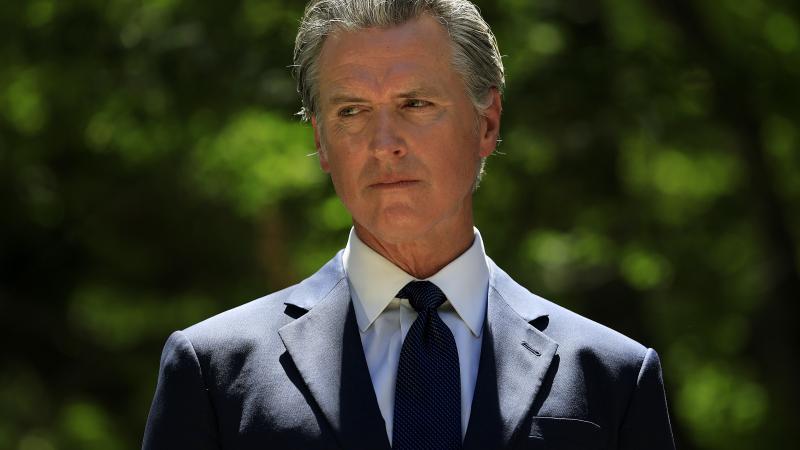Hawaii tops states in most delinquent student loans
Total outstanding college-loan balances have collectively risen to nearly $1.61 trillion at the end of the first quarter of 2022, according to WalletHub.
Hawaii has the highest amount of student loan balances past due or in default in the nation, according to a new report.
Biden announced Wednesday an executive order to use taxpayer money to pay off $10,000 of student loan debt for most borrowers and up to $20,000 for Pell Grant recipients.
While Hawaii has one of the lowest ratios of student debt as a percentage of income, it ranked at the top of states with the most past due student loan balances, according to WalletHub, a personal finance website.
Hawaii also has one of the lowest proportions of students with debt, the report found.
Total outstanding college-loan balances have collectively risen to nearly $1.61 trillion at the end of the first quarter of 2022, according to the report.
“Save for mortgages, student loans make up the largest component of household debt for Americans,” the report said.
The collective amount of student loan debt in the U.S. averages about $37,000 for each of the estimated 43.3 million borrowers, according to the report.
The CARES Act and other executive orders that put student loan payments on pause due to COVID-19 saw a reduction in the share of borrowers who were behind on their payments, according to the Federal Reserve.
The number of adults behind on their payments for outstanding student loan debt went from 17% in 2019 to 12% in 2021.
The type of institution chosen also appears to play a role in how people fare with their student debt later on.
“While the percentage of borrowers behind on payments declined over the prior two years, disparities in payment status persist based on the type of institution attended,” the Federal Reserve said on its website. “Twenty-three percent of borrowers who attended for-profit institutions were behind on student loan payments, versus 11 percent who attended public institutions and 7 percent who attended private not-for-profit institutions.”
Borrowers with less education are more likely to be behind on their payments, according to the Federal Reserve. Twenty-three percent of borrowers with outstanding loans who completed less than an associate degree reported being behind on their payments.
Those who have finished paying off their student loans are more likely to feel the money spent on their education was worth it. Among those with outstanding debt, 60% did not believe the benefits of higher education were worth the cost. Meanwhile, 63% of borrowers who have completely paid off their debt felt their higher education was worth it, according to the Federal Reserve.
















